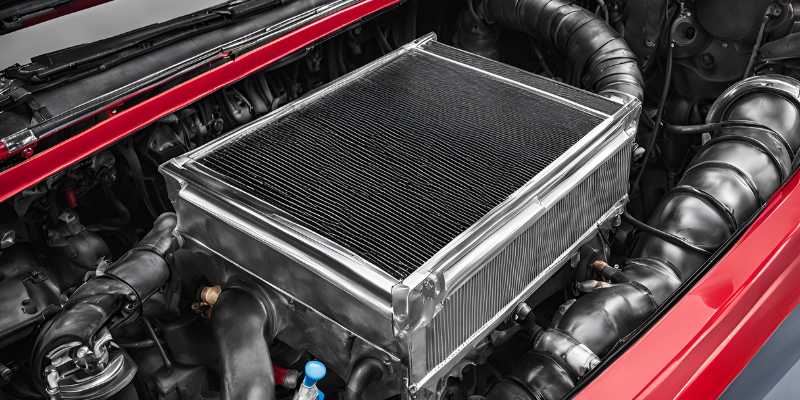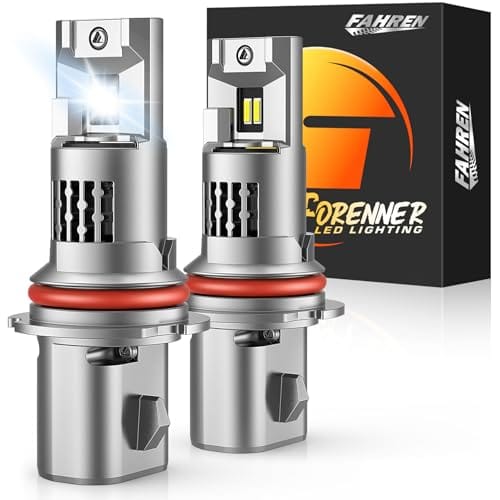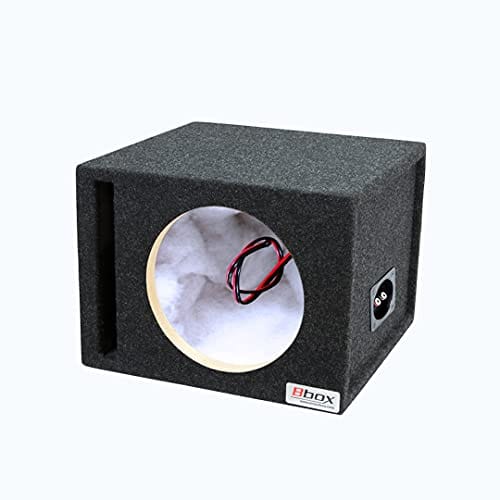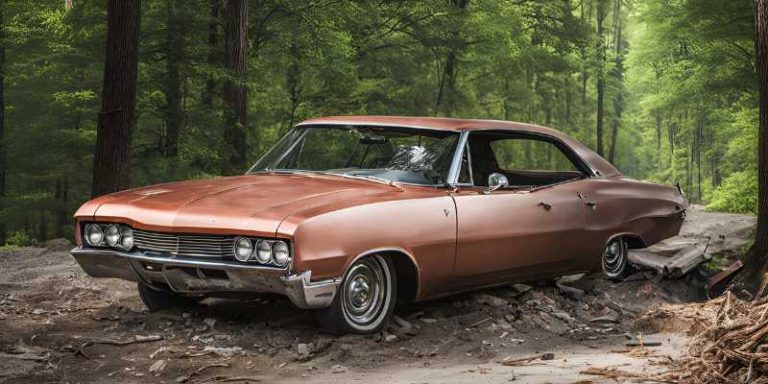What Does a Radiator Do in a Car: Essential Guide to Engine Cooling
A car radiator cools the engine. It prevents overheating by transferring heat away.
Understanding the role of a radiator is crucial for car maintenance. The radiator is a key component in a car’s cooling system. It ensures the engine runs efficiently without overheating. This blog post will explain how a radiator works and its importance.
By the end, you’ll understand why keeping your radiator in good condition is essential. Whether you are a car enthusiast or just a driver, knowing about your radiator can save you from costly repairs. Let’s dive in and explore what a radiator does in a car.
Introduction To Radiators
A radiator helps keep a car engine cool. It removes extra heat from the engine. Engines get very hot when they run. If the heat stays, it can damage the engine. The radiator makes sure the engine does not overheat.
Engine cooling is very important. Without it, the engine can break down. Cool engines run better and last longer. The radiator helps in this process. It uses coolant to absorb heat. Then it releases the heat outside the car.
This keeps the temperature just right. A well-functioning radiator means a healthy engine. It is a key part of the car’s cooling system.
Components Of A Radiator
The core of a radiator is its main part. It is made up of tubes and fins. Tubes carry the coolant. Fins increase the surface area. This helps in better cooling. The coolant flows through the tubes. Fins transfer heat to the air. This cools the engine.
Radiators have two tanks. One at the top, one at the bottom. These are called coolant tanks. They hold the coolant. Hoses connect the radiator to the engine. The top hose brings hot coolant in. The bottom hose returns it cooled. This cycle keeps the engine at the right temperature.
How A Radiator Works
A radiator cools the engine by circulating coolant and releasing heat. It prevents overheating and maintains optimal engine temperature.
Heat Exchange Process
The radiator helps keep your car engine cool. It does this through a heat exchange process. Hot coolant from the engine flows into the radiator. Air passes over the radiator fins. This cools down the hot coolant. The coolant then returns to the engine. This cycle keeps the engine from overheating.
Coolant Circulation
The coolant moves through the engine and the radiator. It picks up heat from the engine. It moves to the radiator to cool down. The water pump helps push the coolant around. This keeps the engine at the right temperature. Without this, the engine would get too hot. Keeping the engine cool is very important.
Types Of Radiators
Aluminum radiators are light and cool fast. They are good for high performance. Copper radiators are heavy but last long. They are better for older cars. Both types have their own benefits. Choose based on your car’s needs.
Single pass radiators allow coolant to pass through once. They are simple and work well for most cars. Double pass radiators let coolant go through twice. This makes cooling more efficient. They are best for high-performance cars.
Signs Of Radiator Problems
An overheating engine is a key sign of radiator trouble. The temperature gauge will rise quickly. Steam may come from the hood. This happens because the radiator can’t cool the engine. Engine damage can occur if not fixed.
Coolant leaks are another sign. You might see puddles of coolant under your car. Low coolant levels can cause the engine to overheat. The coolant is usually green, red, or yellow. Check for leaks if the coolant light comes on.

Credit: www.linkedin.com
Radiator Maintenance Tips
Regular inspections are essential. Check your radiator for leaks or damage. Look at the hoses connected to it. Make sure there are no cracks. Inspect the coolant level. A low level could mean a leak. Clean the radiator fins. Dust and debris can block airflow. Blocked airflow leads to overheating. Always keep an eye on the temperature gauge. It shows if your engine is too hot.
Coolant flushes are important. Old coolant becomes dirty. It loses its ability to cool the engine. Flushing the system removes old coolant. Fresh coolant works better. Follow the car’s manual for flush intervals. Usually, every two years is good. Use the right type of coolant. Different engines need different coolants. Mixing coolants can cause problems.
Choosing The Right Radiator
Compatibility with Car Model is very important. Different cars need different radiators. A radiator must fit your car model. Check the car manual. It will tell you the right size and type. Using the wrong radiator can cause problems. It may not fit or work well. This can lead to overheating. Always match the radiator to your car model.
Performance Needs also matter. Some cars need better cooling. Sports cars need high-performance radiators. Regular cars need standard radiators. Think about how you use your car. If you drive a lot, a better radiator is good. If you drive in hot places, consider a high-performance radiator. The right radiator will keep your car running smooth.
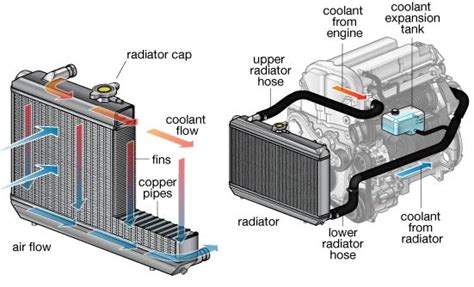
Credit: demotoring.com
Diy Radiator Repairs
Fixing a radiator can be simple. Check the coolant level first. Low coolant causes overheating. Add more if needed. Look for leaks next. Small leaks are common. Use a sealant to fix them. Clean the radiator fins too. Dirt can block airflow. A clean radiator works better.
Not all problems can be fixed at home. Seek help if the radiator is cracked. Professionals handle big repairs. Strange noises need expert care too. Never ignore warning lights. They signal serious issues. A professional ensures safety. Trust them for major fixes.
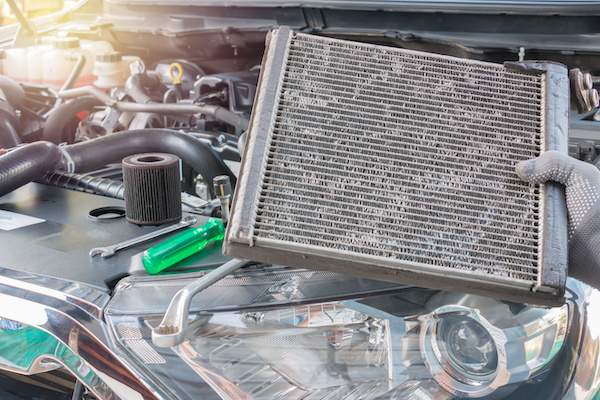
Credit: www.oceanworksberkeley.com
Frequently Asked Questions
What Is The Main Function Of A Car Radiator?
A car radiator cools the engine by dissipating heat. It maintains optimal engine temperature. This prevents overheating and potential engine damage.
How Does A Radiator Cool An Engine?
A radiator cools an engine using coolant. The coolant circulates through the engine, absorbs heat, and releases it through the radiator.
Why Is My Car Radiator Important?
Your car radiator is essential for engine health. It prevents overheating, ensuring your engine runs efficiently and avoids damage.
How Often Should I Check My Car Radiator?
Check your car radiator every 6 months. Regular maintenance ensures it functions properly and avoids overheating issues.
Conclusion
A car radiator is vital for engine health. It keeps the engine cool. Without it, the engine overheats. Regular maintenance ensures the radiator works well. Check coolant levels often. Clean the radiator to avoid clogs. A well-functioning radiator means a smooth-running car.
It extends engine life. Stay on top of radiator care. Your car will thank you.

